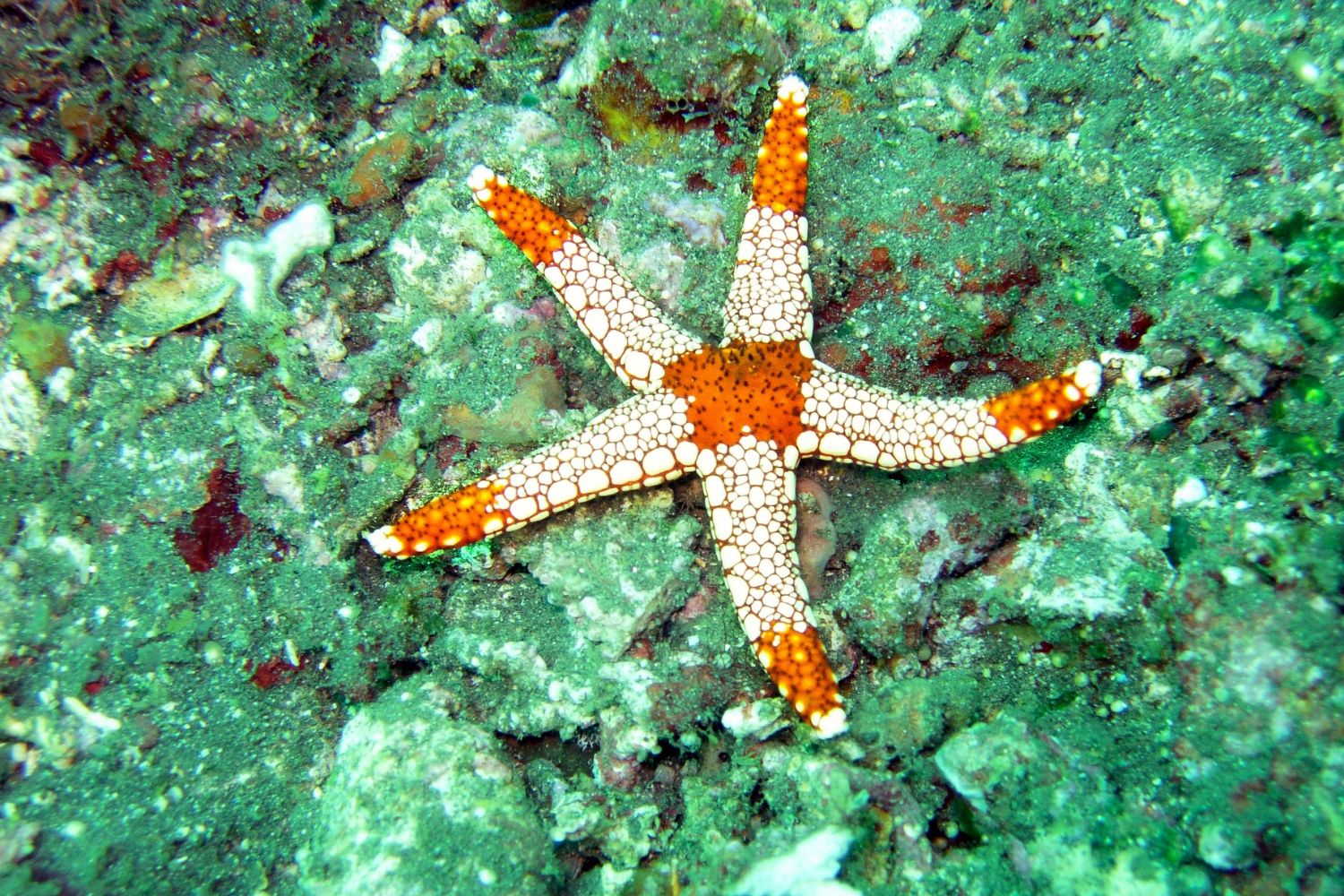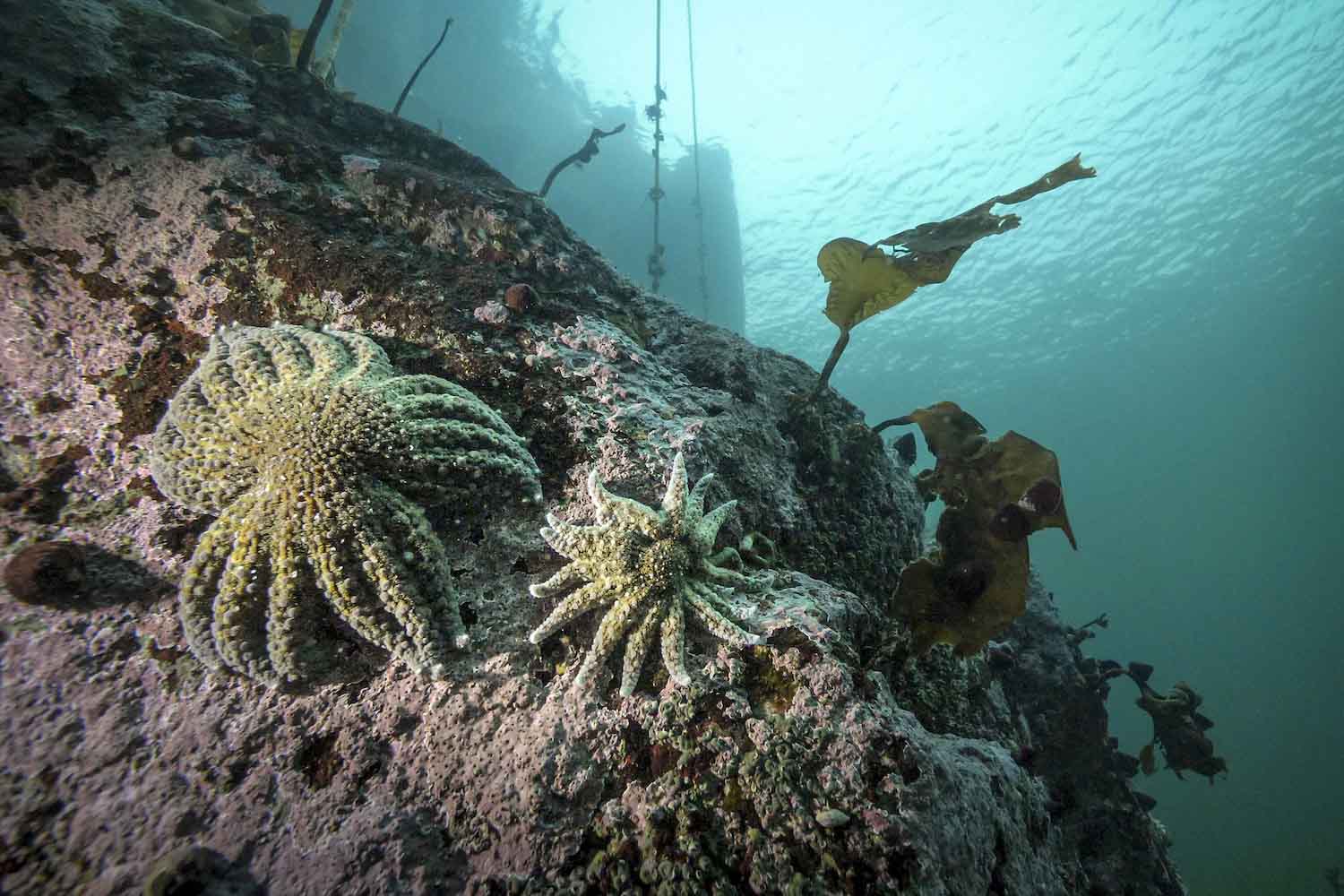Scientists have identified the bacterium causing sea star wasting disease, Vibrio FHCF-3, linking it to warming oceans and ecological collapse across the Pacific.

A mystery that lasted over a decade
It began quietly in 2013, stretching along the Pacific coast from Mexico to Alaska. Within a few years, billions of sea stars had vanished, their bodies seemingly “melting” away in a matter of days. Now, after more than ten years of investigation, an international team of scientists has finally traced the cause of the so-called wasting disease: a bacterial strain named FHCF-3, part of the Vibrio pectenicida family.
The findings, published in Nature Ecology & Evolution, come from researchers at the University of British Columbia (UBC), the Hakai Institute, and the University of Washington.
The role of warming waters
Vibrio bacteria are hardly strangers to the ocean. They already affect corals, shellfish, and in certain forms, humans. What complicated this mystery, researchers explain, was temperature. Warmer waters give these microbes the perfect conditions to multiply.
Dr. Melanie Prentice, the study’s lead author from UBC and the Hakai Institute, put it clearly:
“We see the disease appear earlier and more aggressively when the waters are warmer. Sea stars are already under stress from climate change. Add to that a bacterium thriving under the same conditions, and for some species it can be a fatal blow.”
The disease progresses brutally fast. It begins with skin lesions, then advances until the animals’ tissues literally dissolve. Within roughly two weeks, infected sea stars lose their arms, twist into grotesque shapes, and die.
Diagnosing the culprit was difficult because the symptoms overlapped with damage caused by pollution or temperature swings. It took four years of careful comparisons between healthy and infected animals before scientists had enough evidence to isolate FHCF-3.

©UBC
FHCF-3 kills in days
The final breakthrough came with experiments on sunflower sea stars (Pycnopodia helianthoides), a species that has already lost more than 90% of its population. Healthy individuals were exposed to three possible infection sources: contaminated seawater, infected tissue, and a sea star’s internal fluid (the equivalent of blood). In every case, the disease spread, killing more than 90% within just a few days.
Then came the confirmation. Dr. Amy M. Chan, coauthor of the study, managed to isolate FHCF-3 directly from diseased specimens:
“When I grew the samples, only one type of bacterium appeared. I thought: it has to be the one.”
Injected into healthy animals, FHCF-3 killed them all. As Dr. Alyssa Gehman, a marine biologist at the Hakai Institute, explained:
“In comparing healthy and sick individuals, there was only one difference: the presence of Vibrio. At that point we knew—we had finally found the agent behind wasting disease.”
Ripple effects on marine ecosystems
The loss of sea stars has gone far beyond a single species. Sunflower sea stars are natural predators of sea urchins. Without them, urchin populations have exploded, ravaging kelp forests—the giant underwater canopies that serve as habitat for countless marine creatures.
Kelp forests are more than just underwater scenery. They store carbon, protect shorelines from erosion, sustain coastal fisheries, and hold deep cultural significance for Indigenous communities along the Pacific. In short, the collapse of sea stars has triggered an ecological domino effect, and the damage is becoming impossible to ignore.
Rebuilding balance
Now that the culprit is known, scientists can finally pursue strategies to help restore sea star populations. Jono Wilson, science director at The Nature Conservancy in California, explained the priorities ahead:
“We want to study genetic resistance to the disease, launch captive breeding programs, and test the controlled reintroduction of healthy individuals back into the ocean.”
This breakthrough opens the door for many more researchers to join the effort. The challenge will be to find the right places and methods to give sea stars a fighting chance in their natural habitats.
The path forward won’t be easy. But after a decade of uncertainty, this discovery marks a crucial first step toward rebuilding a balance many feared was lost for good.
Source: UBC
